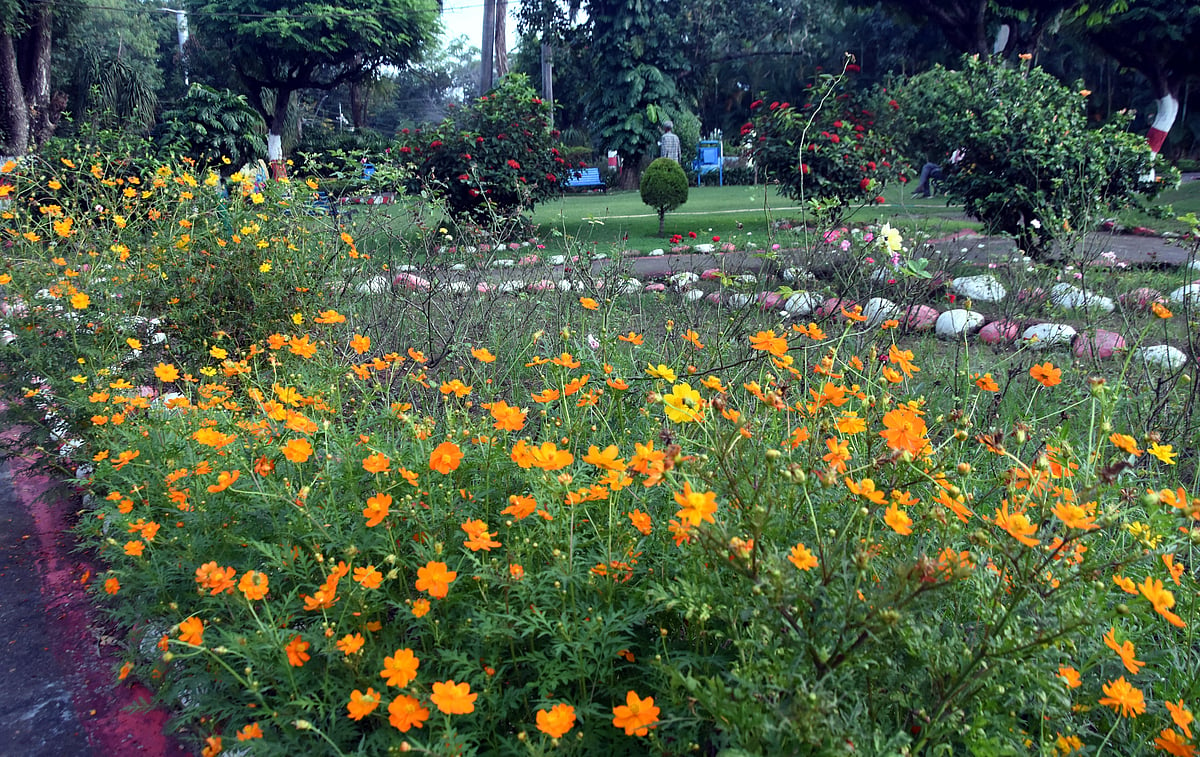**Madhya Pradesh Progresses Towards Amrit Harit Maha Abhiyan Targets, Plans New Initiatives for 2026**
*Bhopal (Madhya Pradesh)* – Madhya Pradesh has achieved approximately 60% of its target under the Amrit Harit Maha Abhiyan, a campaign aiming to plant over one crore saplings by the end of 2025. The Urban Administration Department (UAD) is already looking ahead, preparing proposals for 2026 with a focus on securing land and introducing innovative plantation concepts across the state.
### Transforming Bhopal’s Seven Hills into Seasonal Floral Landscapes
One of the highlight projects for 2026 is the beautification of Bhopal’s seven hills — Arera Hills, Shyamala Hills, Idgah Hills, Katara Hills, Danish Hills, Neori Hills, and Kaliyasot Hills. The UAD plans to transform these hills with seasonal flower beds, planting between 25,000 to 30,000 flowering plants to ensure year-round bloom cycles.
Six varieties of seasonal plants will be used to keep the hills vibrant throughout the year, aiming to turn Bhopal into a natural floral destination. A senior UAD official stated, “The goal is to make the hills come alive with blossoms season after season, creating a unique natural floral attraction in Bhopal.”
### Addressing Land Challenges for 2026 Plantation Drive
Securing land within municipal limits continues to be a major challenge for expanding plantation activities. While smaller Urban Local Bodies (ULBs) have exceeded their targets — such as Chand in Chhindwara at 227%, Dhanpuri in Shahdol at 160%, and Bhedaghat in Jabalpur at 142% — larger cities are lagging behind.
Bhopal, notably, has achieved just 17% of its plantation target, with issues including encroachments in several patches. Of five key plantation patches in Bhopal, three face encroachments: a 19-acre area in Damkheda and two 13-acre patches. However, patches in Jahgariya Kurd measuring 15 and 23 acres remain encroachment-free.
Following directives from the UAD on September 2, ten municipal corporations have collectively marked nearly 500 acres for the 2026 plantation drive. This figure is expected to rise to 700–800 acres by the end of the year.
### Land Identified So Far for 2026 Plantation Drive
– Satna: 100 acres (11 patches)
– Gwalior: 84.79 acres (4 patches)
– Bhopal: 84 acres (5 patches)
– Rewa: 64 acres
– Chhindwara: 61 acres
– Jabalpur: 55 acres
– Ratlam: 25.50 acres
– Burhanpur: 11 acres
– Dewas: 3 acres
– Khandwa: 2.99 acres
Satna currently leads in total land identified for plantation activities.
### Innovative Concept Plantation Drives Across Madhya Pradesh
For 2026, the UAD plans to roll out innovative concept plantations across 416 ULBs. These will include unique models such as Nagar Vans (urban forests), Herbal Forests, Oxygen Parks, and Botanical Gardens. The final designs and plantation types will depend on local conditions and available land resources.
These concept plantations aim not only to increase green cover but also to enhance biodiversity, improve air quality, and offer recreational and educational spaces for citizens.
—
*Story by Utsav Gupta*
https://www.freepressjournal.in/bhopal/mp-news-state-achieves-60-plantation-target-bhopal-hills-to-bloom-by-2026
